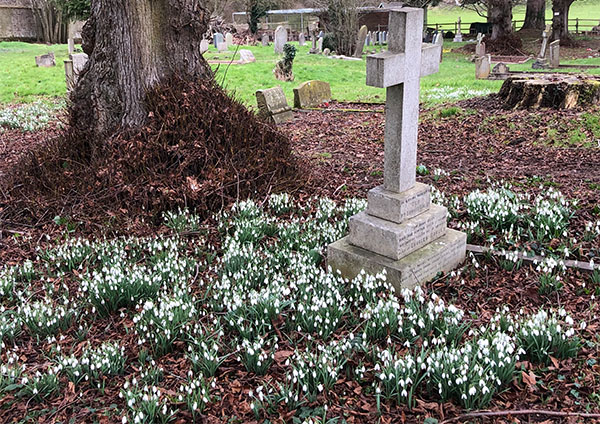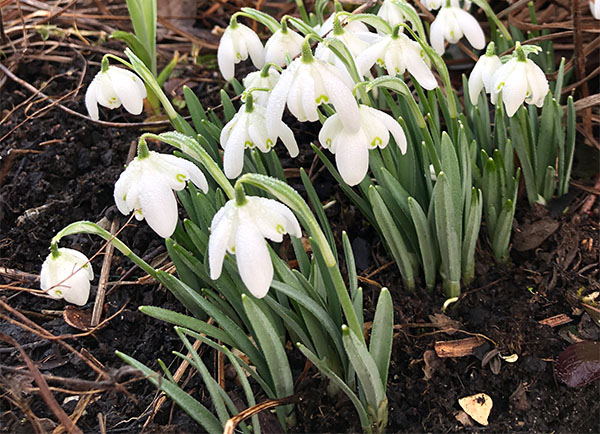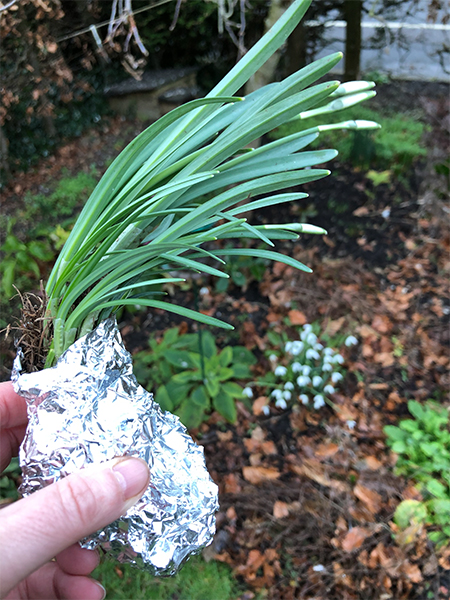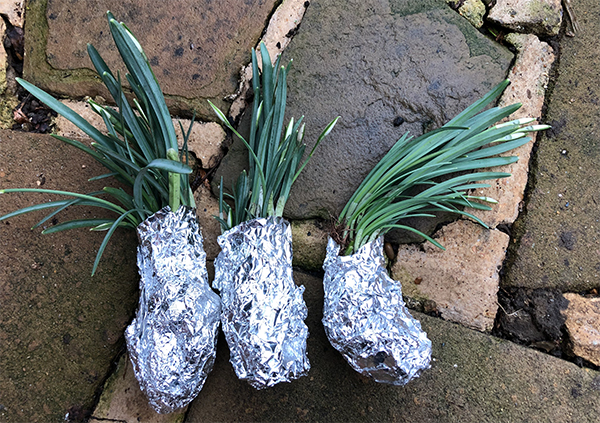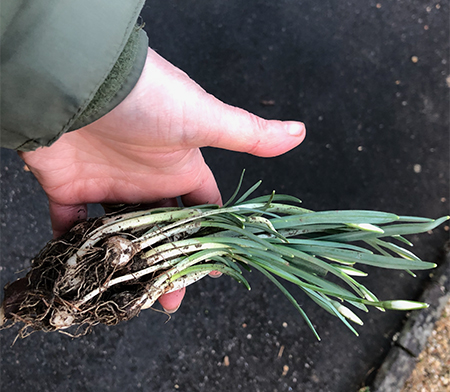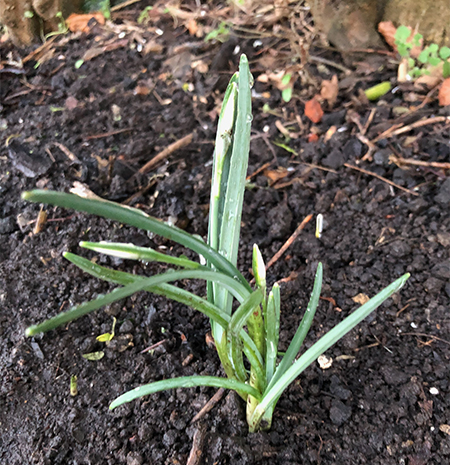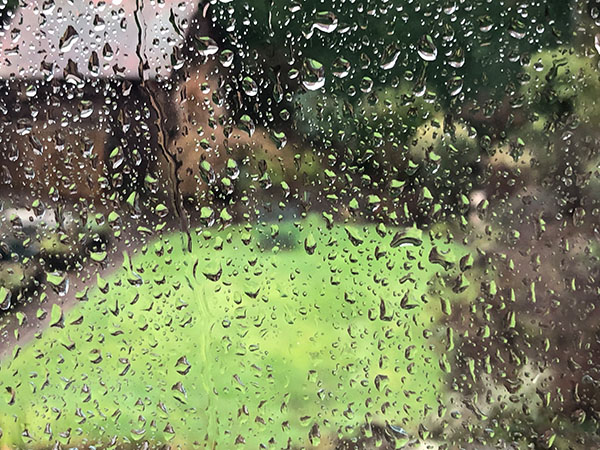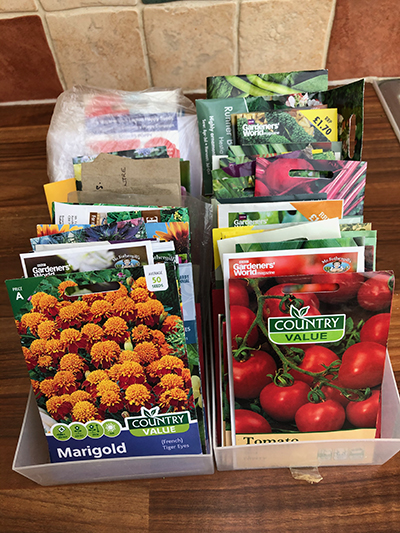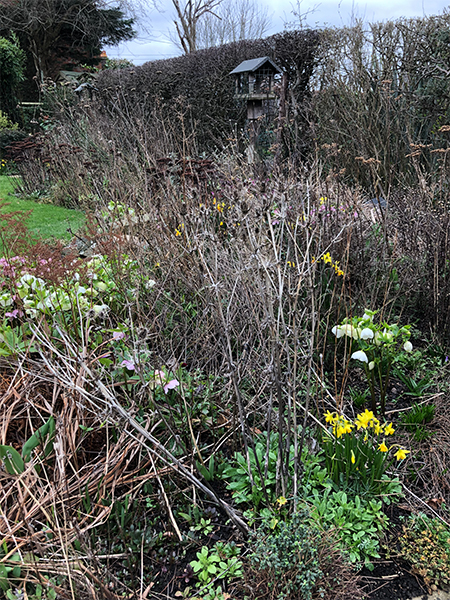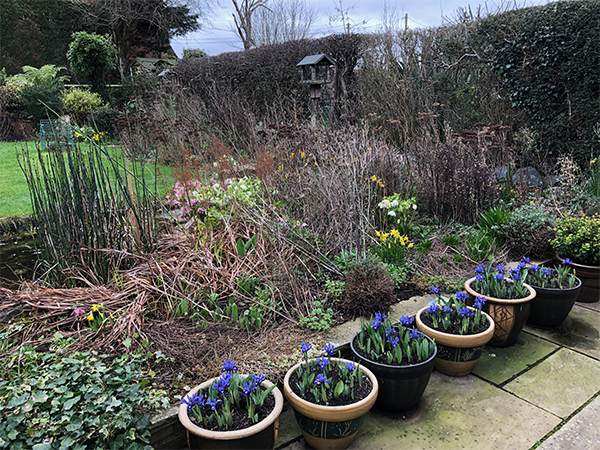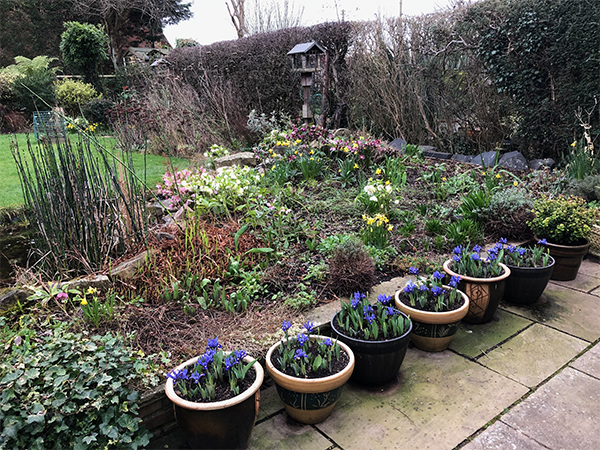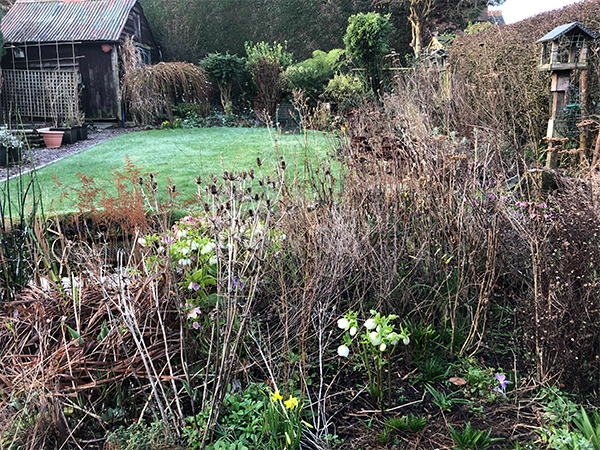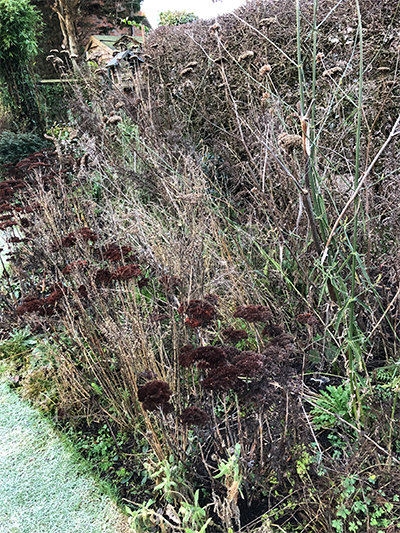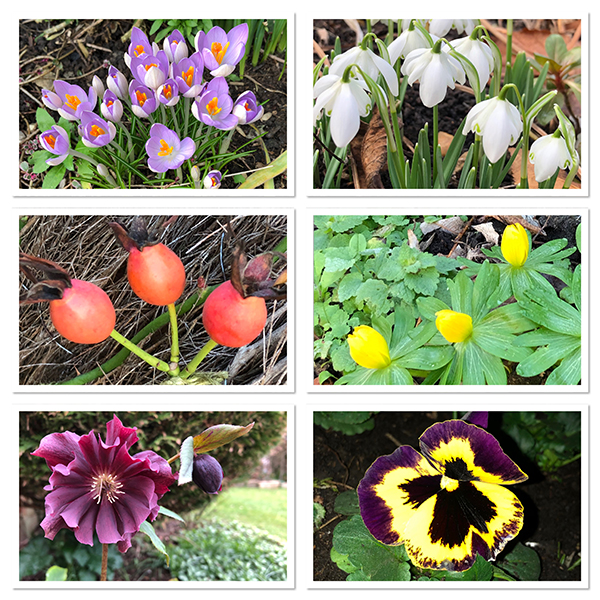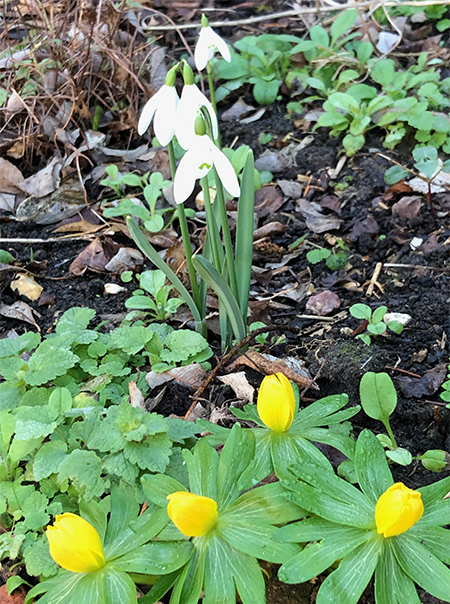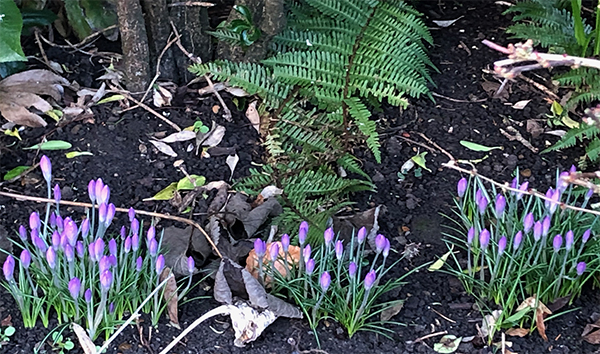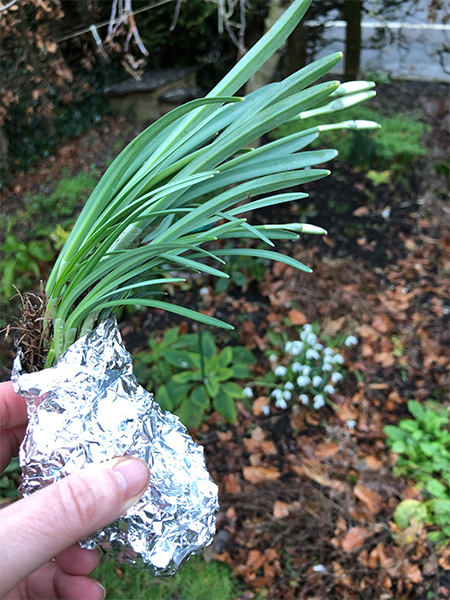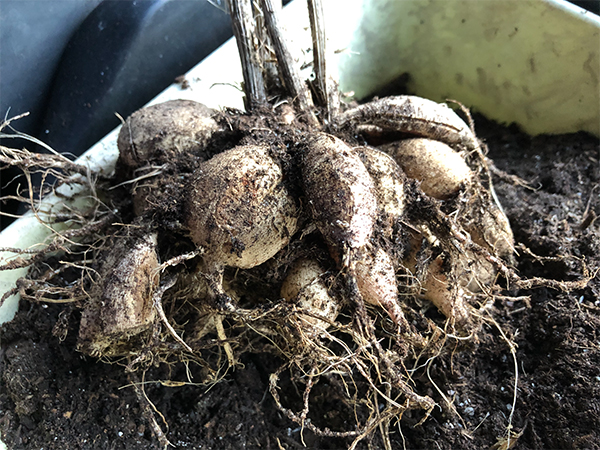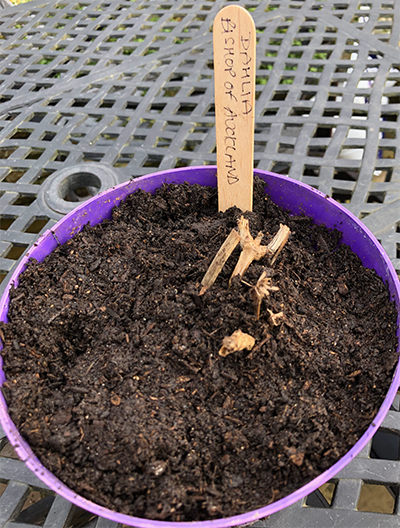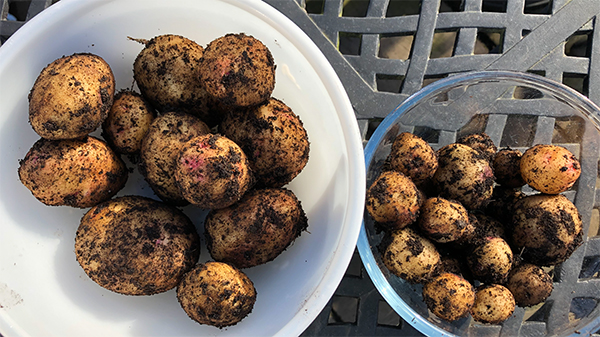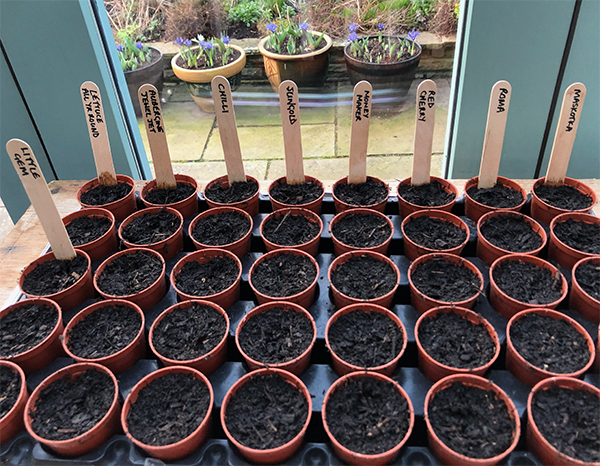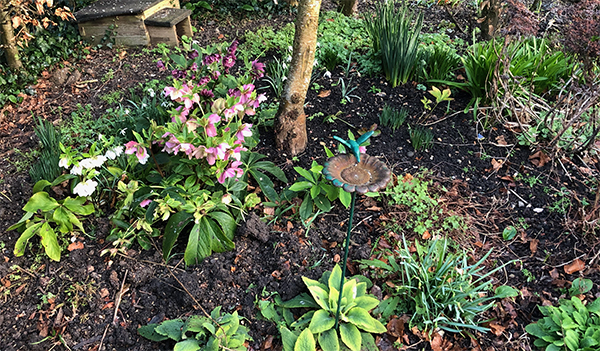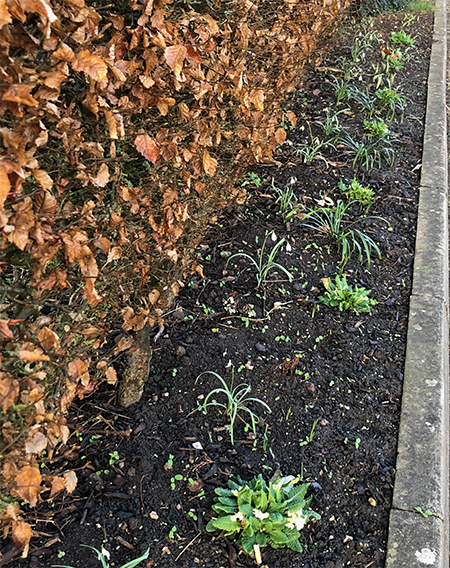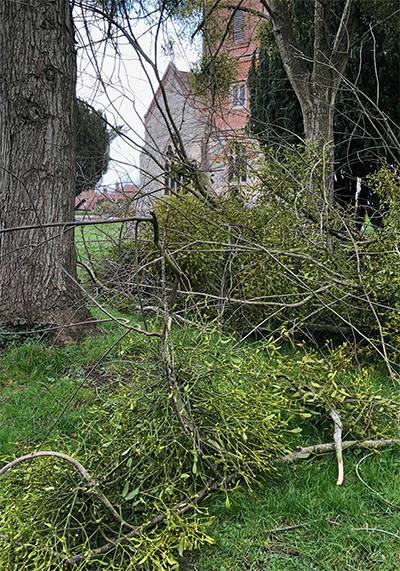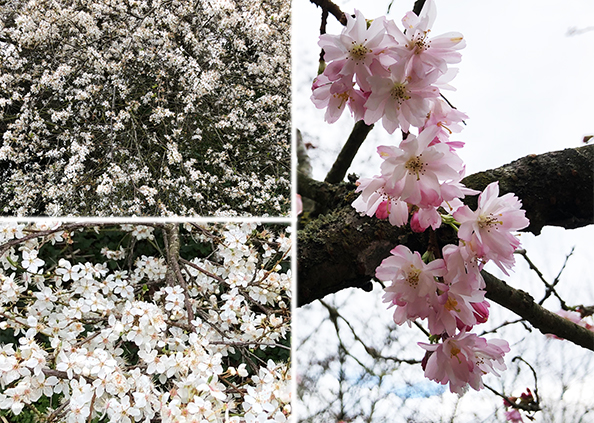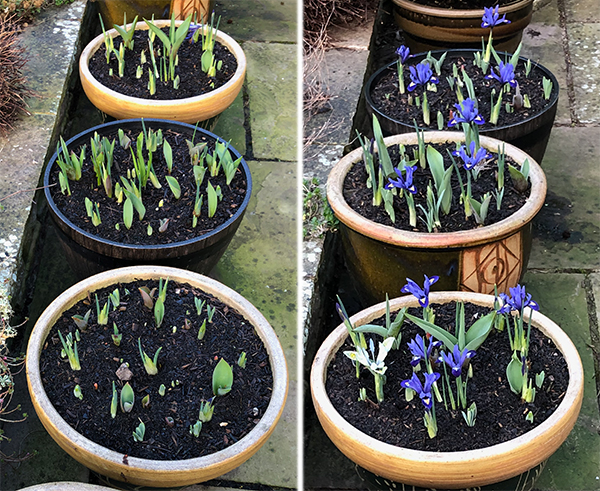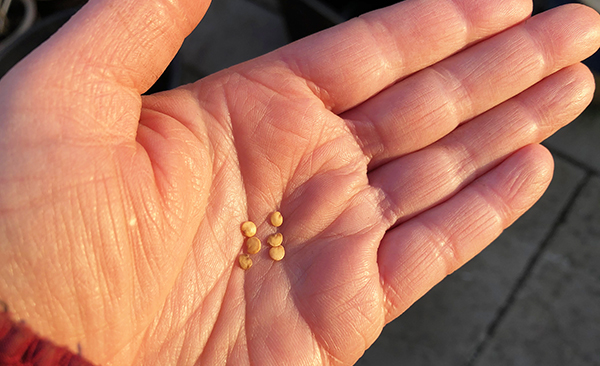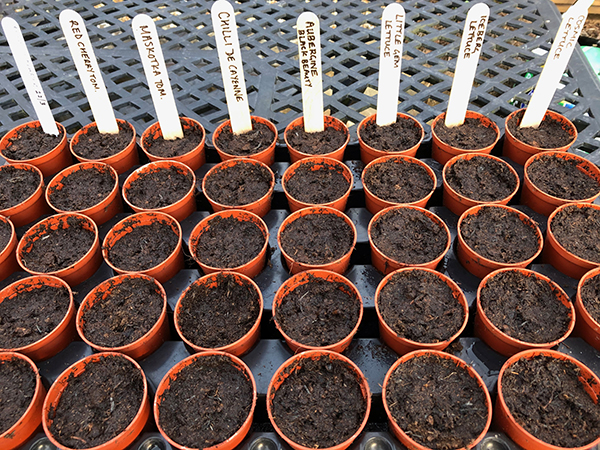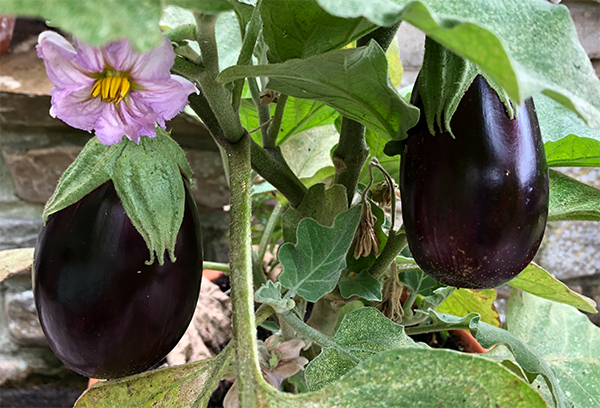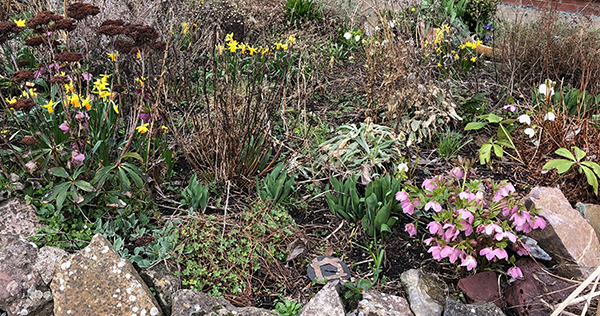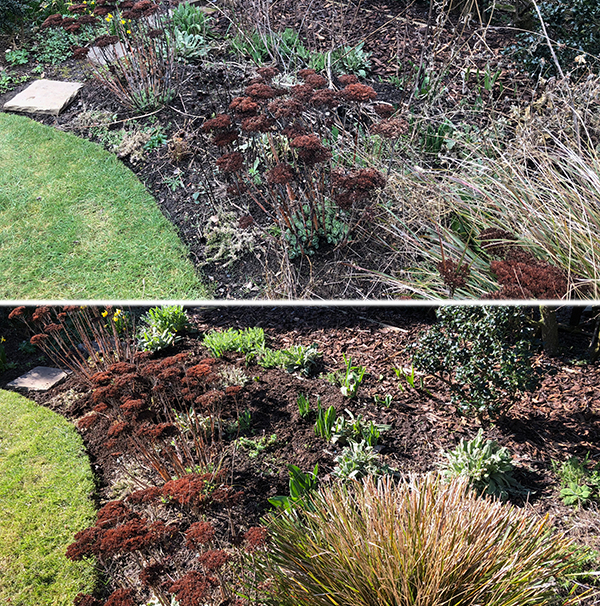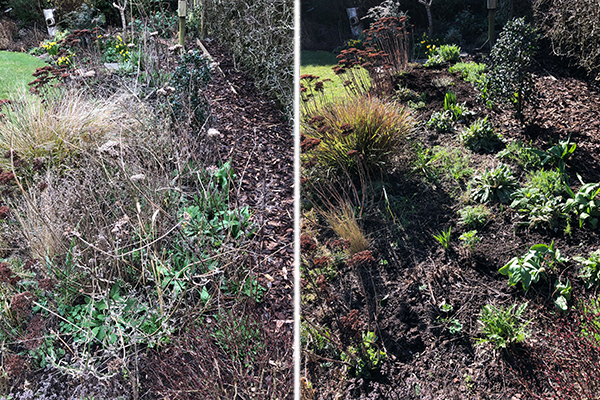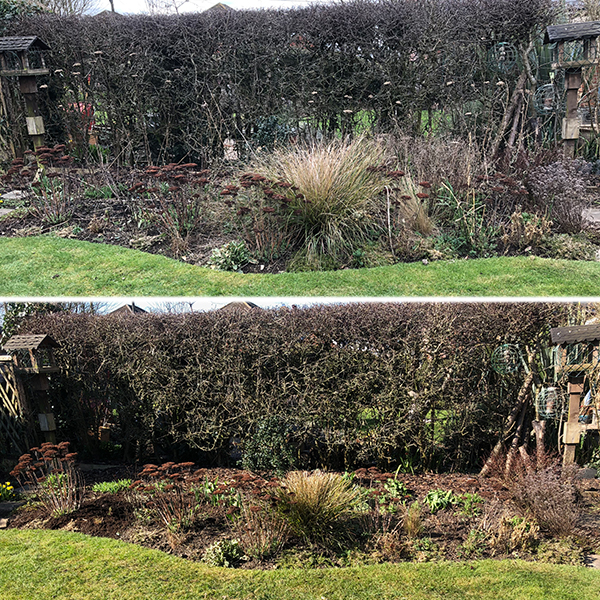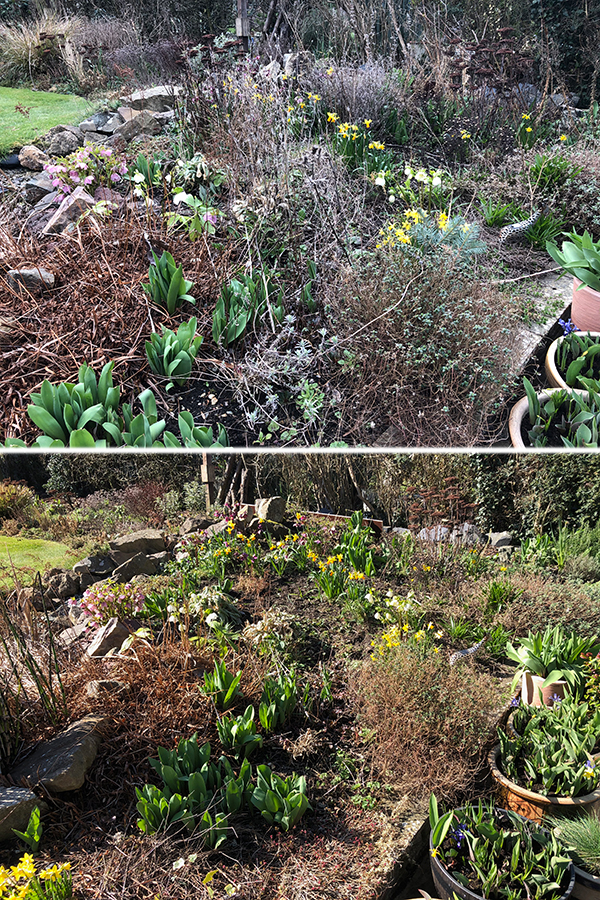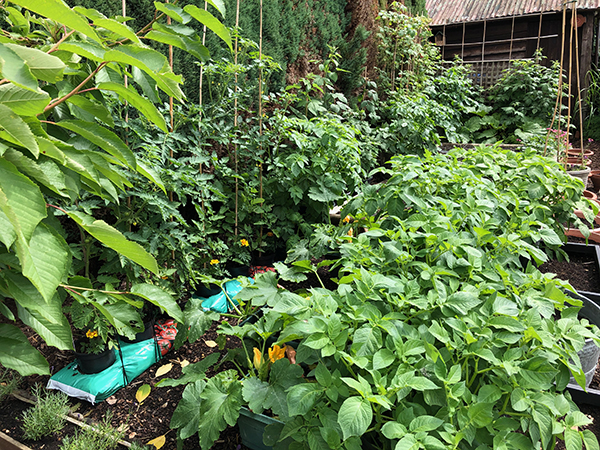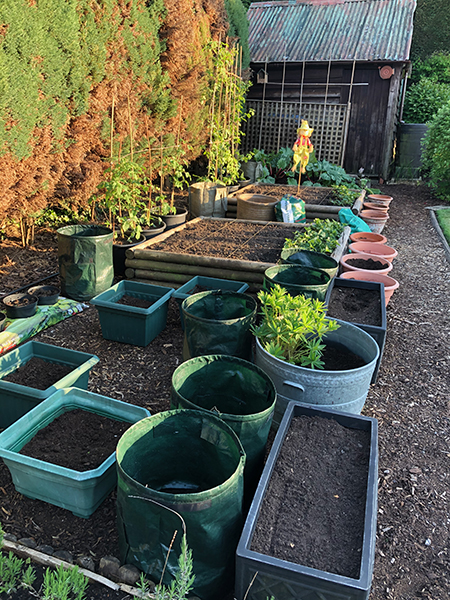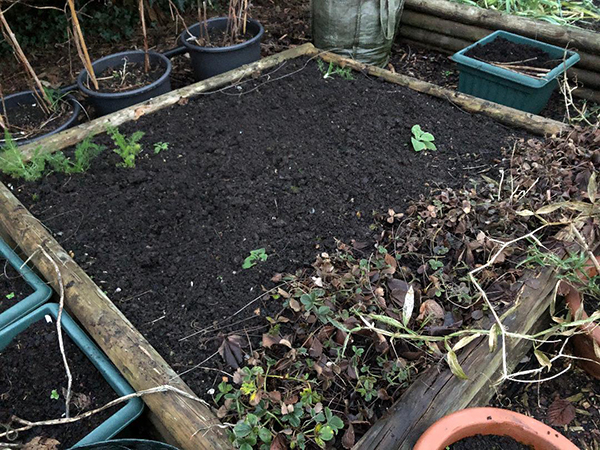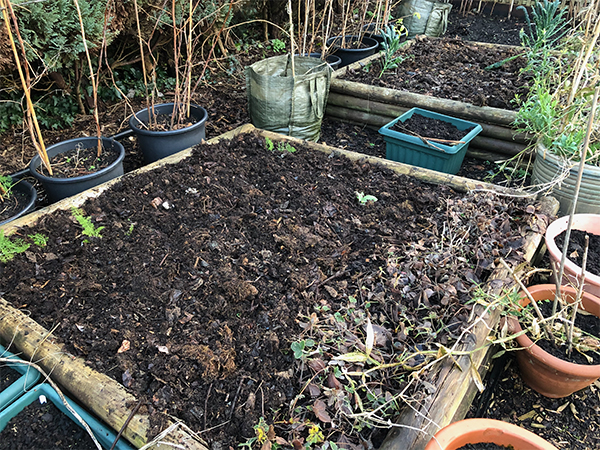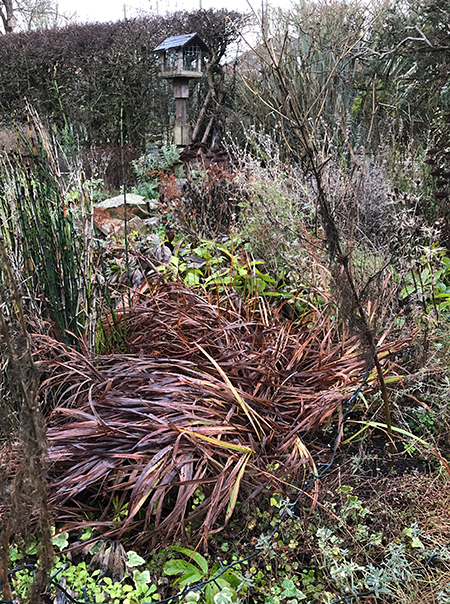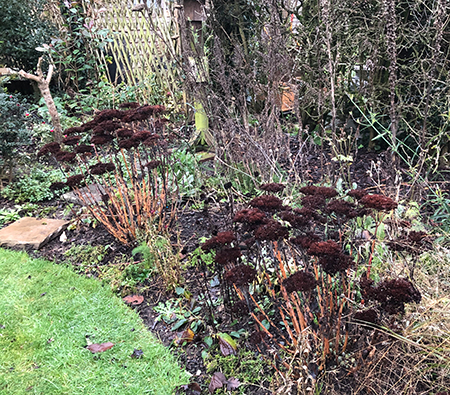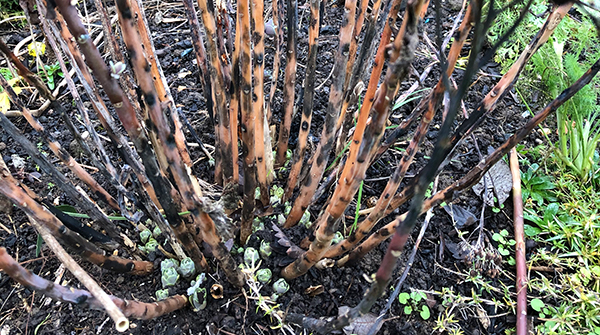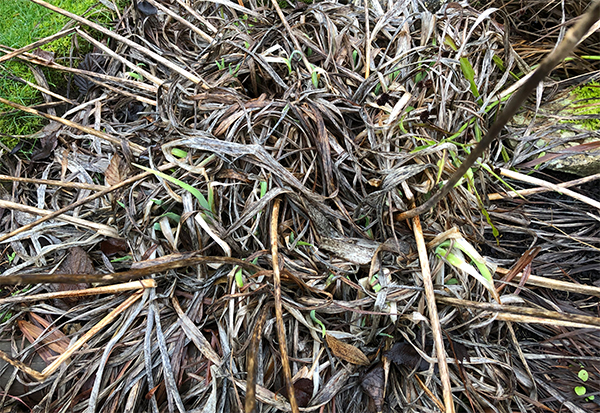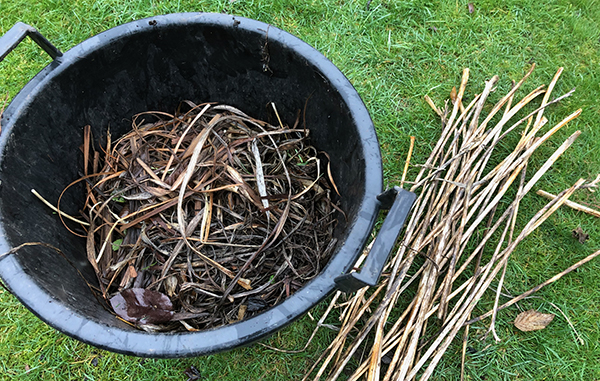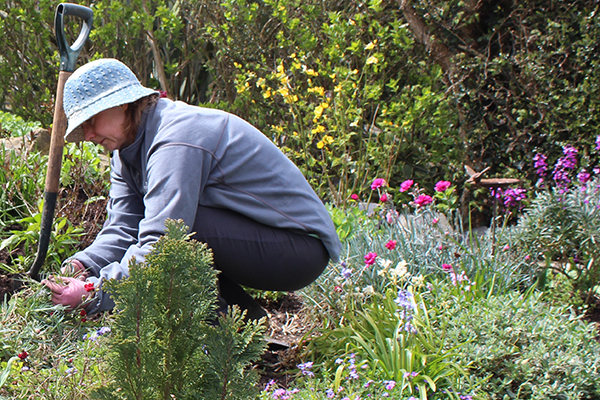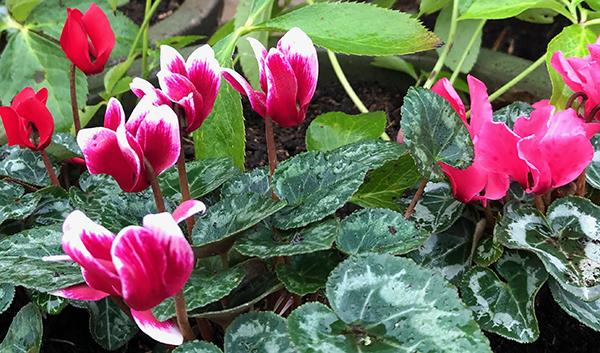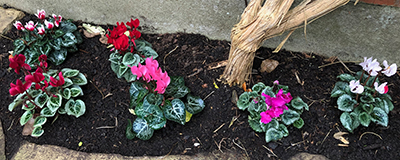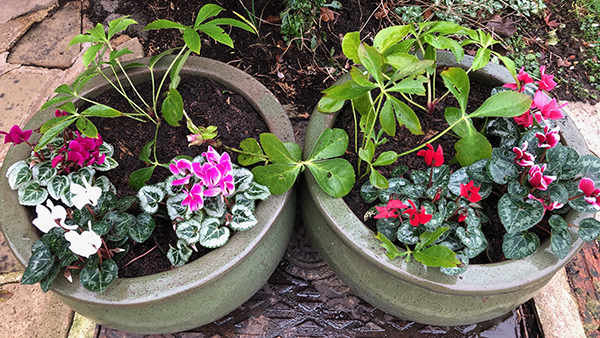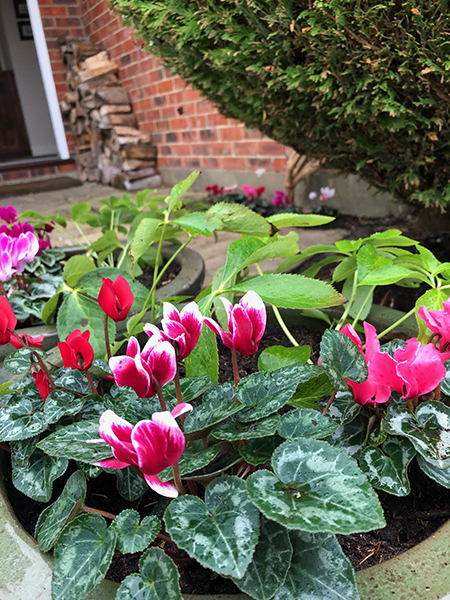Happy Valentine’s Day, Dear Garden,
I woke up this morning feeling a little down. It was raining (again) and the world outside seemed very grey, both in colour and spirit. I came downstairs to make a cup of tea and gazed through the rain-splattered windows.

And there you were, as always, waiting for me. No judgement, no agenda. Always changing, yet ever familiar. Ready to put a smile on my face.
Even on this murkiest of murky days, I see borders dotted with vibrant green shoots, a willow tree smothered in fluffy silver catkins…
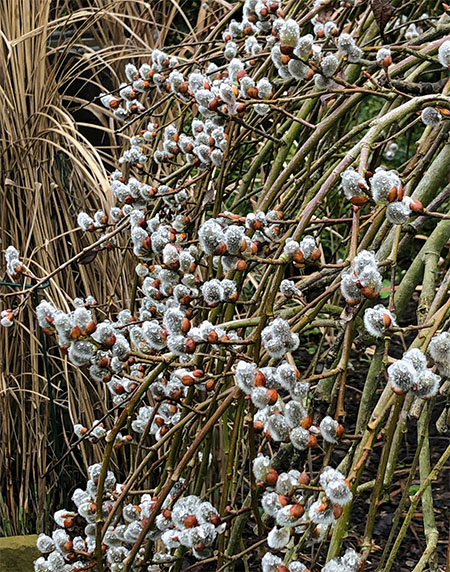
…clumps of pure white snowdrop brilliance, and the gently nodding pastel heads of self-seeded Hellebores.

I’m sorry I’ve neglected you these past few months. You’ve been too frozen or too soggy for me to apply any meaningful care, and now you eagerly await the removal of winter’s debris and carpets of perennial weeds.
Soon, my love. Very soon. I promise!
You have put up with so much: the pruning that I get wrong, the staking that I forget to do, and of course the impulse buys that move around your borders until they find the perfect home.
You have given so much: an ever-changing tapestry of colour and form…

…a home to countless creatures (with new surprise residents every year)…
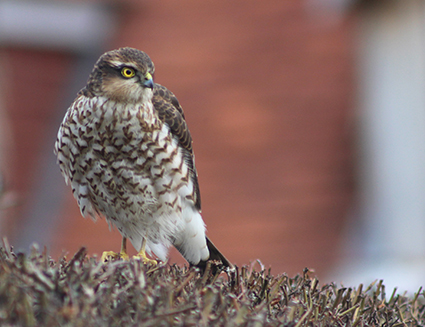
…the delight of tasty home-grown produce (even at the end of winter, you have leeks and beetroots to offer for the pot)…

…sweet exotic scents on warm summer evenings, and the sparkling artistry of frozen cobwebs and frosted seed heads in winter.

You have taught me so much too. Not just newfound practical skills, but the importance of planning, greater appreciation of the changing seasons, and a better understanding of the life that flits above your canopies and crawls within your hidden spaces.
You have helped me with the things I find most difficult. How to focus on one thing at a time, to let go of perfectionism and live in the moment…

…and to be more patient. All still a work in progress, but you are a tolerant and forgiving teacher.
So, thank you, dear friend for helping me find an inner calm… for keeping me healthy…for getting me just a little bit dirty every now and then…for getting me outside in the fresh air, away from my desk…for encouraging me to be creative…for reminding me of the wonders of Creation…and for bringing me so much joy.
You are, and always will be, my happy place!
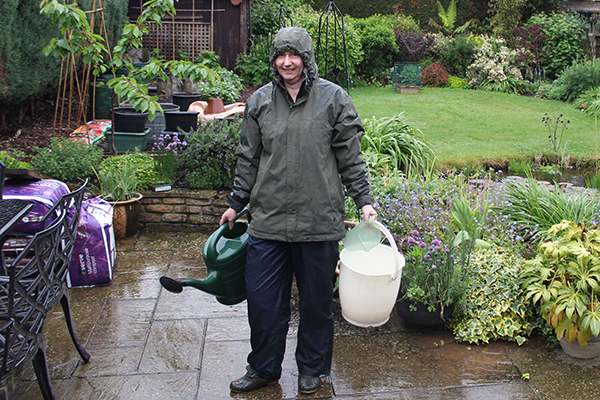
With love, always xx

